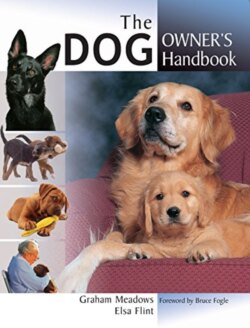Читать книгу The Dog Owner's Handbook - Graham Meadows - Страница 38
На сайте Литреса книга снята с продажи.
Selecting a dog
ОглавлениеIt is important that you match your dog to your individual circumstances and your ability to look after it properly.
An old adage states that ‘there are no bad dogs, merely bad owners’. In many cases it holds true, although some dogs have inherited temperamental problems. Most so-called dog problems really are owner problems, caused by a mismatch of the breed (with its needs and temperament) and the owner (with his or her temperament and lifestyle).
Such a mismatch between dog and owner can result in a dog living a socially deprived life in an entirely unsuitable environment. Under such circumstances, behavioural problems are likely to occur.
If a terrier, whose innate instinct is to dig, is left alone in a small garden while its owners are out, it will probably wreck the flowerbeds and/or dig its way out under the fence. If a dog that craves company has to watch its owner depart for work, then spend the next eight hours alone, it is very likely to suffer from separation anxiety.
People wanting a dog for protection often choose a large dog of a ‘guarding’ breed. In many cases it is the dog’s size and strength that result in it becoming a problem. If they are unwilling or unable to train it properly and control the dog when walking it on a lead, the owners often resort to leaving it to exercise itself in the garden, which is usually far too small. Feeling enclosed and frustrated, the dog becomes bored and starts to dig holes, whine, howl and bark at anything or anyone that passes by. If the garden is fenced, it will find the smallest of gaps to peer through, then bark madly the moment anyone passes by, frightening them out of their wits and giving the dog exactly the reward it needs to repeat the process. If this behaviour goes unchecked, it may become aggressive and a potential danger to visitors to its home.
This young Alaskan Malamute male puppy will grow to a rather formidable size.
